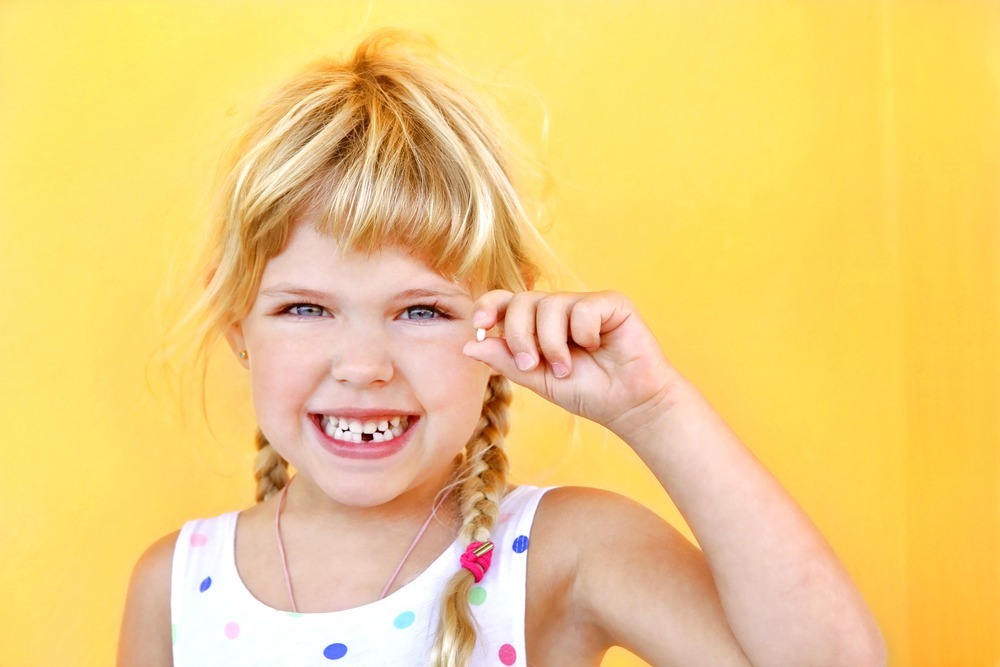
Top News, Useful tools
Useful tools, Wellbeing
11 July, 2026

There are few things cuter than your child’s gappy grin after their baby teeth get wiggly and start to fall out. But although those baby teeth don’t stick around for long, they’ve got an important job to do and it’s vital to take good care of them.
Losing baby teeth is an important milestone in a child’s life. It’s a sign they’re growing up and will soon start growing the adult teeth that will need to last their whole lives. Baby teeth may only be around for a few years, but they’re vital to help children chew food and speak and they hold the spaces in the gums so adult teeth can grow in the right spots. That’s why taking care of a baby’s oral hygiene right from birth is so important.
A full set of baby teeth include incisors, canines, premolars and molars and they each have important jobs. So how many baby teeth do you lose? The answer is: all of them. Children actually lose their entire set of 20 baby teeth:
Don’t worry – baby teeth don’t fall out all at once! Just as children’s baby teeth emerge in stages, so too do they fall out at staggered times as the adult teeth growing underneath start to push through the gums. So when do kids lose their first tooth? Most children start losing their baby teeth when they’re six years old, although it’s perfectly normal for kids to lose their first tooth up to two years earlier or later.
The first teeth to become wiggly and fall out are the two central incisors – or “two front teeth” on the top and the bottom of the mouth, prompting that catchy song All I Want for Christmas is my Two Front Teeth. You may like to teach the chorus to your toothless kids – it’s adorable!
After the central incisors, the lateral incisors are next at around 7-8 years of age, followed by the first and second molars at around 9-12 years old. While there is a standard order of losing teeth, minor variations are normal, but if you are concerned, you should take your child to see a dentist.
Most children are excited when they first discover a wiggly tooth, although it could be alarming if they’re not expecting it. Start a discussion with your child about wiggly teeth and the progression to adult teeth while you’re brushing their teeth in the morning. Preparing them for the change can help them understand it is an exciting part of getting older. You may like to tell them about the Tooth Fairy and make a plan for a special place to put their baby teeth after they fall out.
Adult teeth need to last an entire lifetime, so set your child up for success by establishing good oral hygiene right from birth. Dentists recommend cleaning babies’ mouths by wiping their gums with a soft cloth. First teeth should be brushed twice a day with a soft toothbrush and water (no toothpaste). Around 18 months old, a pea-sized amount of low-fluoride toothpaste should be used to brush teeth, with children encouraged to spit out the toothpaste and not rinse. Children should have their first dental check-up when they turn one. Here is more information about caring for your child’s teeth.